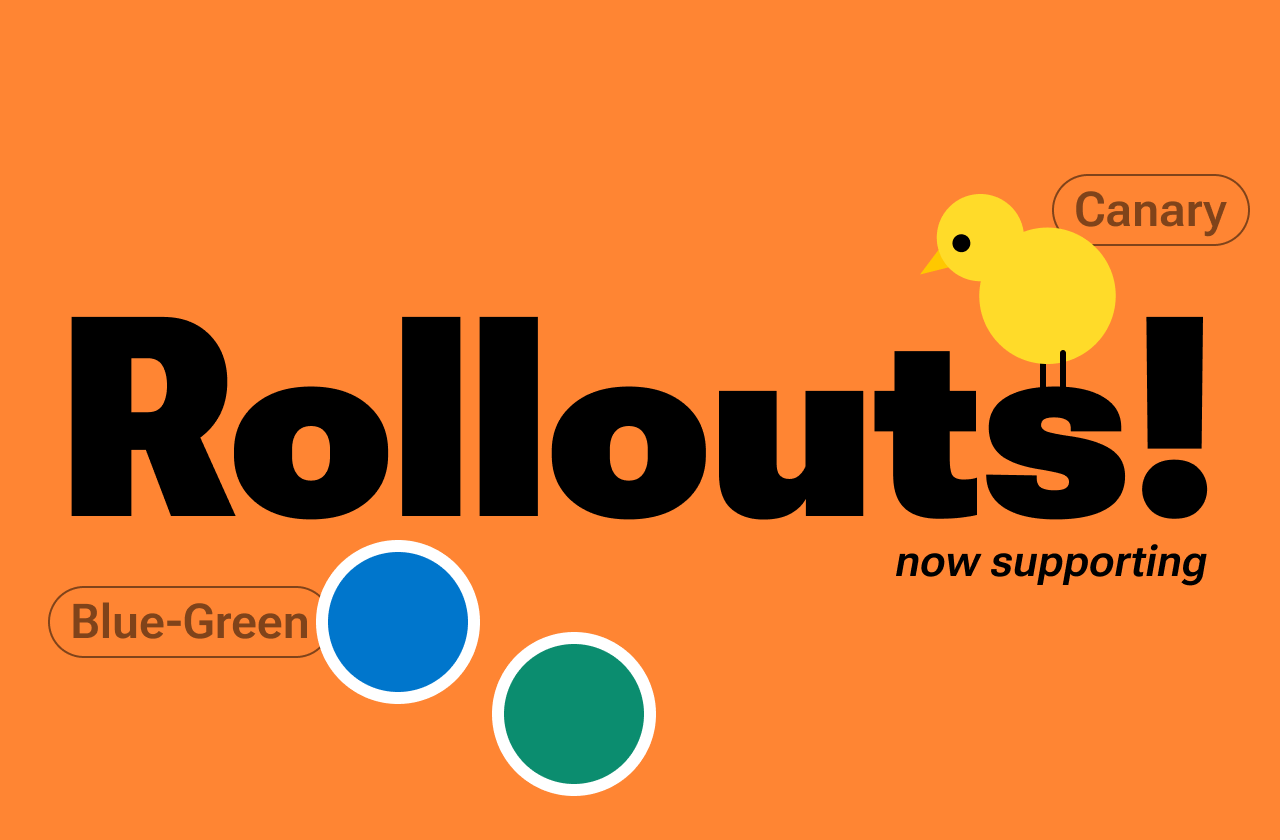Features, integrations, and resources! Oh My! (A little Wizard of Oz joke for the fans)
TLDR:
We are excited to announce several new product enhancements to our platform released in May. First, we have launched customizable alerting capabilities coupled with a Slack integration to provide real-time notifications when resilience risks are identified. Additionally, you can now connect PerfectScale by DoiT with Grafana or Datadog to see detailed dashboards of your optimization data, and we now allow you to see your “idle costs” in our trends reports. Lastly, we have officially launched our documentation portal and Slack community to help ensure our users can get the most out of our solution.
Let’s dig in more…
Documentation Portal:
PerfectScale Docs Portal is now live! The portal gives you quick access to resources that help you configure PerfectScale to meet your specific needs and provides best practices to help you maximize your results. You will see several links to the doc portal throughout this article (and future articles) to help you quickly activate the new capabilities and functionality.
The doc portal is available in-app, located at the bottom of the left-hand navigation bar:

Alerting
Our new alerting capabilities provide real-time notification when resiliency risks are identified throughout your environment. Additionally, alerts can be integrated with Slack, helping your teams quickly respond to issues as they arise. Here are some of the main capabilities:
Alert Customization:
To reduce alert fatigue, we allow you to build customized “Alert Profiles” to ensure you are only getting notified about the issues that matter the most to you. Alerts can be customized by:
- Priority Level: Set the minimum priority level that you want to trigger alerts, for example, you may only want to get alerts for “high” priority issues.
- Ignoring/including Different Entities: We allow you to remove specific workloads, namespaces, and containers from an Alert Profile, ensuring you only get notified on entities that are important to you.
- Ignoring/including Issues Types: This allows you to ignore certain types of issues that you do not wish to receive alerts on, for example, you can choose to ignore alerts generated for situations when the CPU limit is underprovisioned.

Alerts Overview:
We have added an Alerts Overview section to the main system navigation. This provides you with high-level visibility into the total amounts of alerts you have, allows you to filter alerts by multiple different parameters, and gives you one-click access to details that can help you quickly remediate the issue. Additionally, we provide a breakdown of each alert, including:
- Alert Type: What we observed that triggered the alert.
- Alert Details: We tell you where the issue occurred (which cluster, container, namespace, and workload), when the issue was first detected, and the last time it was detected.
- Active vs. Inactive Alerts: Alerts are sorted by active and inactive alerts. An alert becomes inactive when the issue is not detected again for three days, and inactive alerts will disappear if not detected again for 30 days.

Slack Notifications:
As mentioned, alerts can be easily connected with a Slack channel via a webhook or a Slack token. The Slack notifications give you an overview of the issue and a link that will take you directly to the application so issues can be quickly evaluated and resolved.

Go to the doc portal for all the details you need to implement Alerts.
Observability Integrations:
To help you better analyze the health and costs of your workloads and the recommendations we provide, we allow you to connect our solution directly with dashboarding capabilities in Grafana and Datadog. Simply download and import the applicable dashboard from GitHub, create an observability profile in PerfectScale, and connect the profile to your cluster.
You can access the dashboards via the “Workload Zoom-in” windows here:

And the dashboards will provide you with this level of detail:

Get more details on how to integrate PerfectScale with your dashboards in our doc portal.
Trends Update: Show Idle Costs
You can now see “idle costs” when running a cost report that is stacked by either Workloads or Namespaces. Idle costs represent spare cluster capacity on top of what was requested by particular workloads. With this comprehensive view, you can better access the efficiency of your environment. Learn more at the docs portal.
.gif)
The PerfectScale Slack Community
Our Slack community gives you direct access to our team of seasoner professionals, allowing you to ask questions about features and functionality, and to communicate with our support team if needed.
Additionally, this is the start of our building a larger community that will connect you with other industry professionals to discuss best practices, tips and tricks, and new tech advancements across a wide variety of Kubernetes topics. Join our Slack Community today!




.png)




.png)



